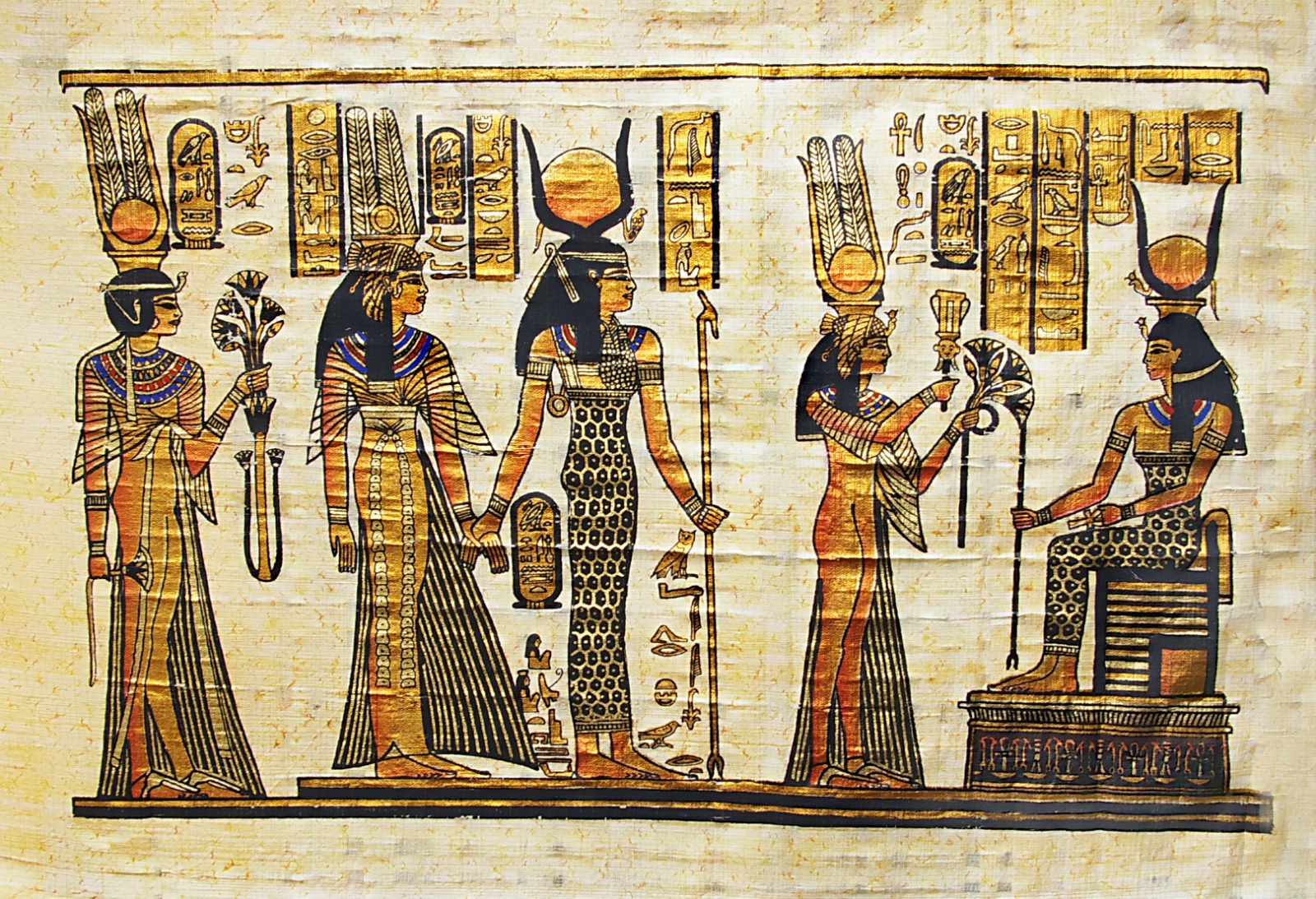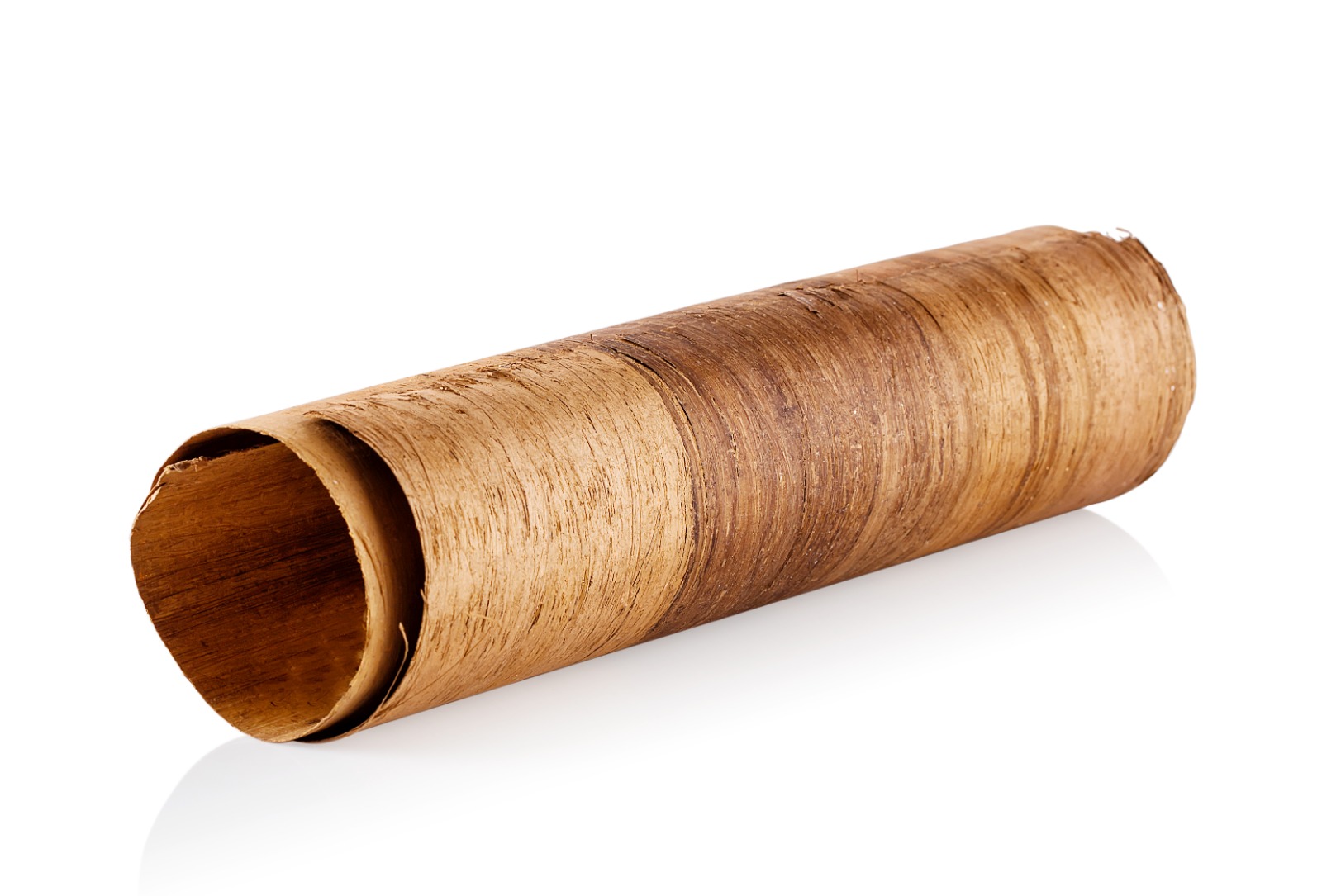Papyrus was the favorite material as a support for writing in ancient Egypt.
The use of this type of material has been almost completely replaced by parchment first, and then by the industrial production of paper: it is therefore quite rare to find papyrus documents in archives, also because they are generally kept in history, anthropology or visual art museums.
In this article we will talk about:

How is papyrus made?
The papyrus manufacturing process takes place by gluing some strips derived from the stem of the reeds of the plant, which were placed one on top of the other so that the fibers of the two sheets were facing in both longitudinal and transverse directions.
In this way, a texture similar to a fabric was created that allowed greater resistance of the sheets and a better capacity to accept the inks.
The two layers were then immersed in water for a long time and then beaten and dried in the sun: in this way they bonded firmly and formed a very long support strip that could be used for writing following a final cleaning and smoothing process.

Other manufacturing techniques: palm leaves and birch bark
There are also other techniques very similar to papyrus processing used in other countries of the world, in particular in India, for the production of vegetable materials to support writing: the two most common materials are palm leaves and birch bark.
Palm leaves
Palm leaves undergo a relatively simple manufacturing process: they are boiled in water or milk and then subsequently smoothed and prepared to receive the inks.
The main problems from the point of view of the conservation of this material are that it tends to darken and change its color with time and that, obviously, being a material totally of organic origin, it is subject to fairly rapid biodegradation processes.
Birch bark
As for birch bark, there are many different processing procedures for this material.
In general, there are some basic steps: some strips of bark are cut from the tree trunk and then beaten, smoothed and treated with oily substances.
This material is very rare, but it has some interesting physical and chemical characteristics, as it is durable and it is subject to very slow aging processes.
Furthermore, being treated with birch oil, an antiseptic oil and a natural preservative, it is immune to insects attacks and infestations.





